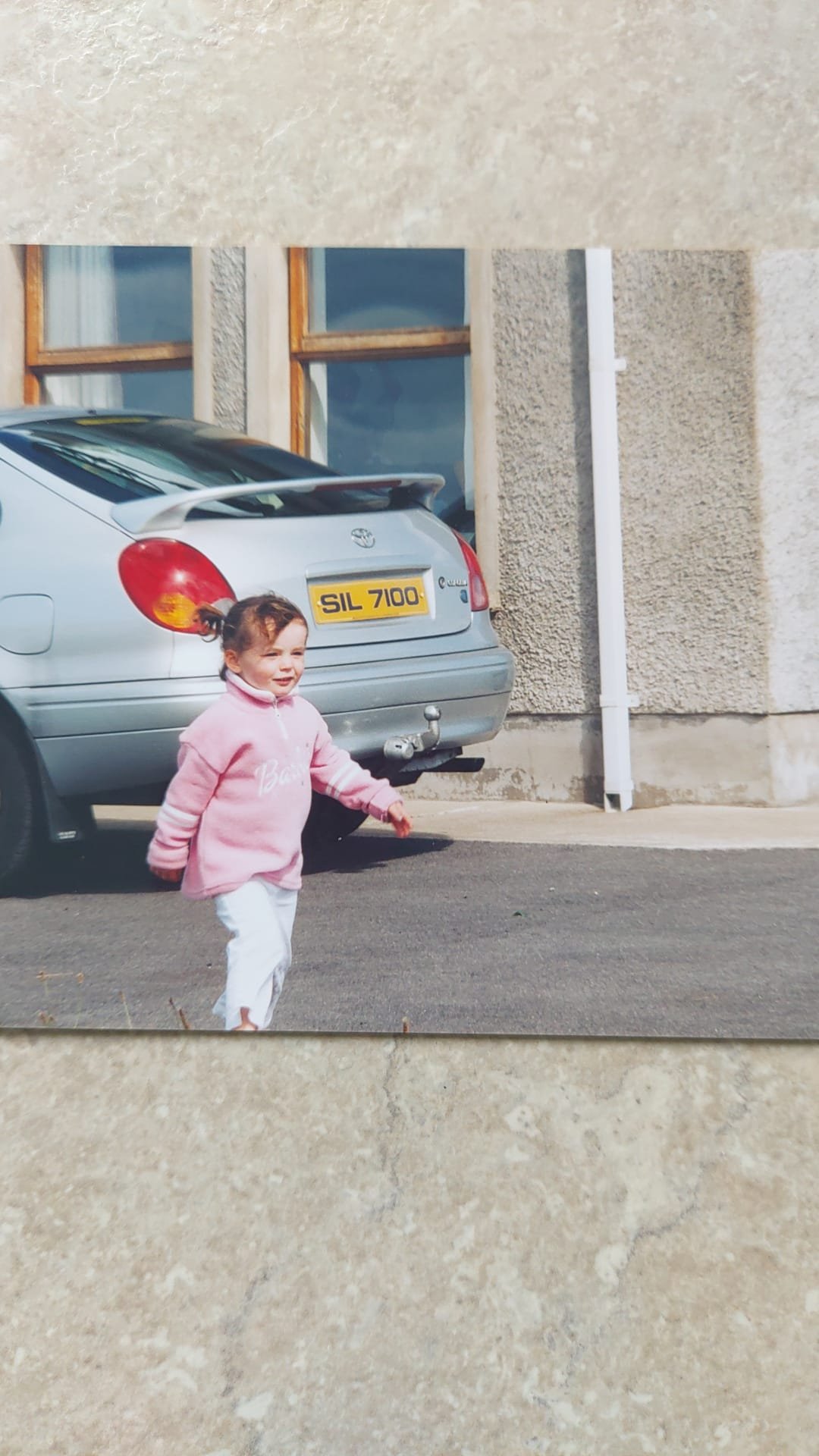
Looking Back and Moving Forward
When I was in school, my teacher told us that if you’re old enough to remember a trend the first time it comes around, then you’re too old for it the second time when it comes back. At the time it was a statement that made sense; trends were reemerging after decades, reintroducing themselves to completely new audiences, in totally new generations. But as time passes, our need to rebuild past trends is growing and trends have barely died before we are digging them back up. When we revive these trends, no matter how ugly we believed they were before, they are given new life through the golden lens of nostalgia; all of a sudden the low waisted jeans that we spent our teenage years swearing we would never be silly enough to wear, are filling our instagram feeds. The revival of tends from every past era and the glamorisation of every decade past is unavoidable, rarely do a few weeks pass before we see a tik tok influencer unboxing a ‘vintage’ piece she is just so excited for (it is a jacket from the 2010 TopShop summer collection). The high speed run through of these trends we used to love, and then were taught to hate, before returning to them with kindness and slight remorse, is a sign of both a romanticisation of our youth, and a reclamation of our own sense of self.
Most of these trends emerge from a glamorisation of the past, whether it was a past we experienced or not appears irrelevant, reclaiming pieces from the 80s seems acceptable; for the majority of us we were not there to witness it the first time around and a certain respect is given to the decade for its defining aesthetics and supposed carefreeness when it came to one's self. Big jeans and bigger hair suggested an idea of being unapologetically yourself, not being afraid to be noticeable and take up space. This element of this era’s fashion is admired by many, and the energy is just as desirable to replicate as the clothing. However a different thing is to be said for the new wave of y2k fashion (‘year 2000’ for those late to what the acronym stands for). The early 2000s were filled with low rise jeans, strappy tops, faux fur and bedazzled …. everything. There was very little innate sense of glamour and prestige, most of the fashion prioritised being unbelievably slim like the majority of the celebrities. ‘ Cocaine Skinny’ was how every woman was told they should want to look, it was a label used both as a way to guilt women who were not slim enough, whilst simultaneously shaming the women who were. So where has this glamorisation of the period come from, and why are we so obsessed with recreating an aesthetic we are barely rid of? The answer; girlhood.
Pretty ribbon bows, colourful hair clips, loud jewellery and huge scrunchies; what do they all have in common? Well, I was equally obsessed with them at 8 years old as I am now at 23 years old. When we are young, we are adorned with all of the frills and the accessories that would make the mind boggle, dressing up as princesses and putting on horrendously pigmented eyeshadow was all the rage. But as we grow up, we’re told to become ashamed of those things, to shy away from everything over the top and cringe at anything that is seen as girly. When you’re a teenager all you want to do is look like everyone else, you don’t want to do anything that might be different because different is wrong. You reject the girl you once were, who wanted to dress up all the time and be loud and bold in her fashion. You resent all of the frills and the glitter and the pieces your mum forced you into. But after a while, you start to rediscover yourself again, you realise you actually quite like the colour pink, and that maybe it's okay to be the only one who likes the things you like. You start to rediscover yourself again and you realise you aren't all that different from the girl you once were. Looking into the future of fashion and your own self expression with the appreciation for your past in mind, will inevitably lead to an honest, wholehearted and truer version of yourself.
So this is where our love for the fashion we neglected resparks. All of the bows and the pigtails and the cute little pink shirts that our parents kept in the attic for all those years. Subconsciously, we are reclaiming ourselves and reconnecting with that little girl who loved to play dress up, we are apologising for ever making her feel like she should be ashamed of the things she really liked. We are regrowing that fringe she spent years being ashamed of, and wearing the tacky jewellery that really is not practical at all. Nostalgia potentially makes us believe that the past was better than it actually was, but being able to bring back the things that made us happy when we were younger, without shame or guilt and with the ability to be unapologetically ourselves, will definitely make the future better.
originally published for LSE Fashion Magazine, May 2024 available here